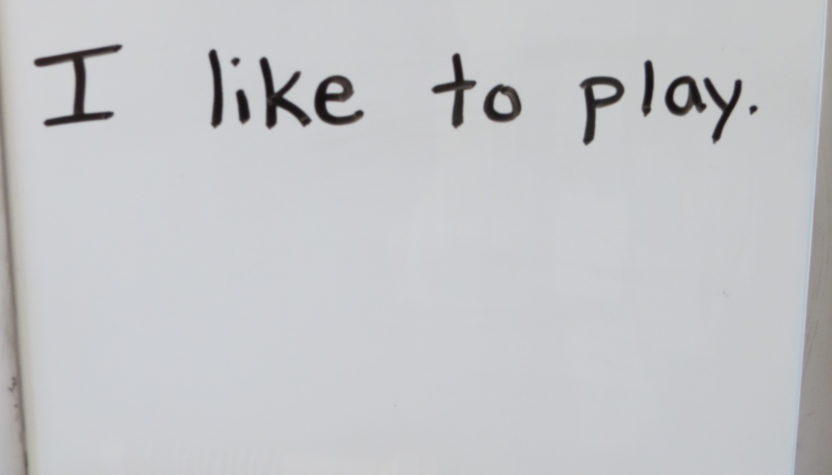In this post, I’m going to show you how writing sight word sentences can teach children how to read. Moreover, writing sight word sentences is an easy way to teach children how to write, spell and read at the same time! In fact, it’s the most effective spelling strategy that I have seen or used in my 21+ years of teaching hundreds of students from all walks of life and language.
Teaching Children How to Write, Spell and Read
I first witnessed the positive effect that writing sight word sentences can have on children’s learning during my 3rd year of teaching. It was a 1st Grade Sheltered English class, which comprised of all Spanish-Speaking students learning English. The students learned how to write, read, speak and build vocabulary in English using sight word sentences. As a result of their clear and apparent progress, I decided to continue to use sight word sentences all throughout my teaching career. (You can read my full teaching background here.) Furthermore, when it came time to homeschool my own four children, I taught them how to write, spell and read using sight word sentences.
This article will cover the following:
- First, what sight word sentences are
- Second, how children learn to read by writing sight word sentences
- Third, lists of sight word sentences to get you started
- Fourth, 8 easy activities to do with each sentence
- Fifth, ways to informally assess your child
- Sixth, what to look for in easy readers
WHAT ARE SIGHT WORD SENTENCES?
Firstly, sight word sentences are made up of High Frequency Words (also knows as sight words). Sight words are words that are used often, but in many cases are not spelled the way that they sound. The word CAT is spelled the way that it sounds, C-A-T.
FROM is not. If you ask an early learner how to write FROM, they will probably write F-R-U-M, which is the way that it sounds.
In addition, sight words don’t typically fall into a word family. A word family is a list of words that have the same spelling pattern, such as BAKE, CAKE, RAKE, etc.
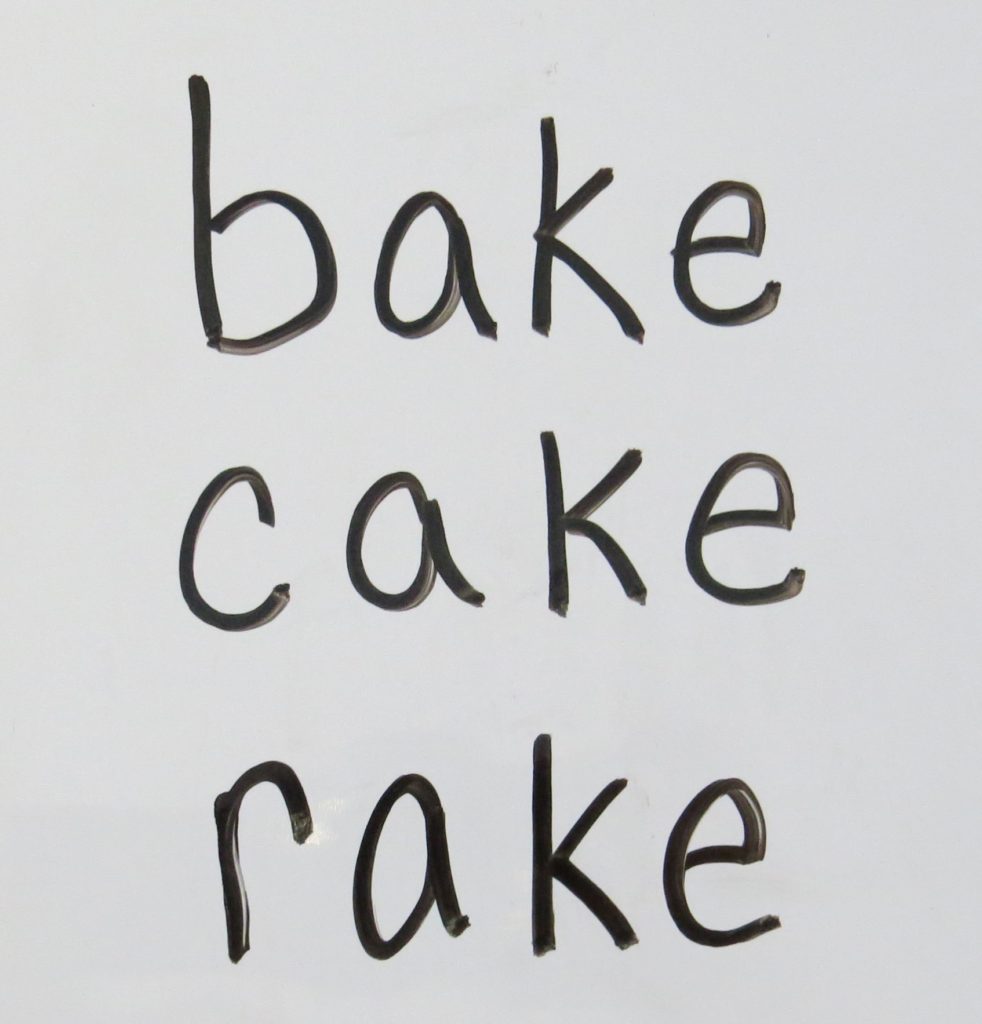
So, FROM is not spelled the way that it sounds, nor does it fall into a word family. As a result, it’s a sight word. That is to say, it is a word that needs to be learned through frequent practice of writing and reading it.
Writing Sight Word Sentences is Great for 5 Reasons!
Secondly, writing sight word sentences is great for 5 reasons!
- First, these sentences allow the children to learn sight words in context.
- Second, each sentence is structured so that the one word can be replaced with a related word to build vocabulary.
- Third, there is often one word in the sentence that can be used to teach a spelling pattern (or word family).
- Fourth, sight word sentences incorporate capitalization and punctuation.
- Fifth, children ultimately learn to WRITE, SPELL and READ by writing sight word sentences!
Learning Sight Words in Context
For instance, the sentence, I LIKE TO PLAY, is a sight word sentence.

First, children learn the correct use of each word in the structure of a sentence. In other words, they learn how the words I, LIKE, TO and PLAY are put together correctly to form a complete thought.
Building Vocabulary
Next, the word PLAY can be replaced with various verbs to build vocabulary.
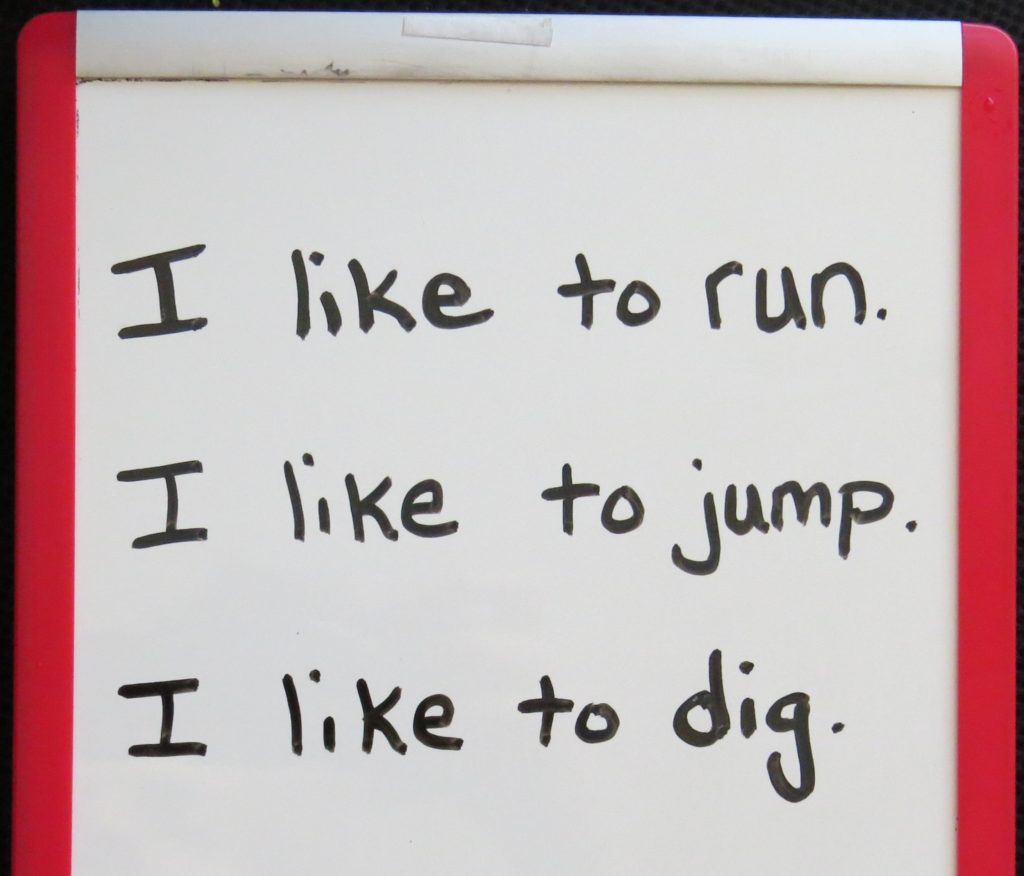
Word Families
Then, children can learn the spelling pattern -IKE by replacing the first letter: bike, hike, Mike, strike etc.
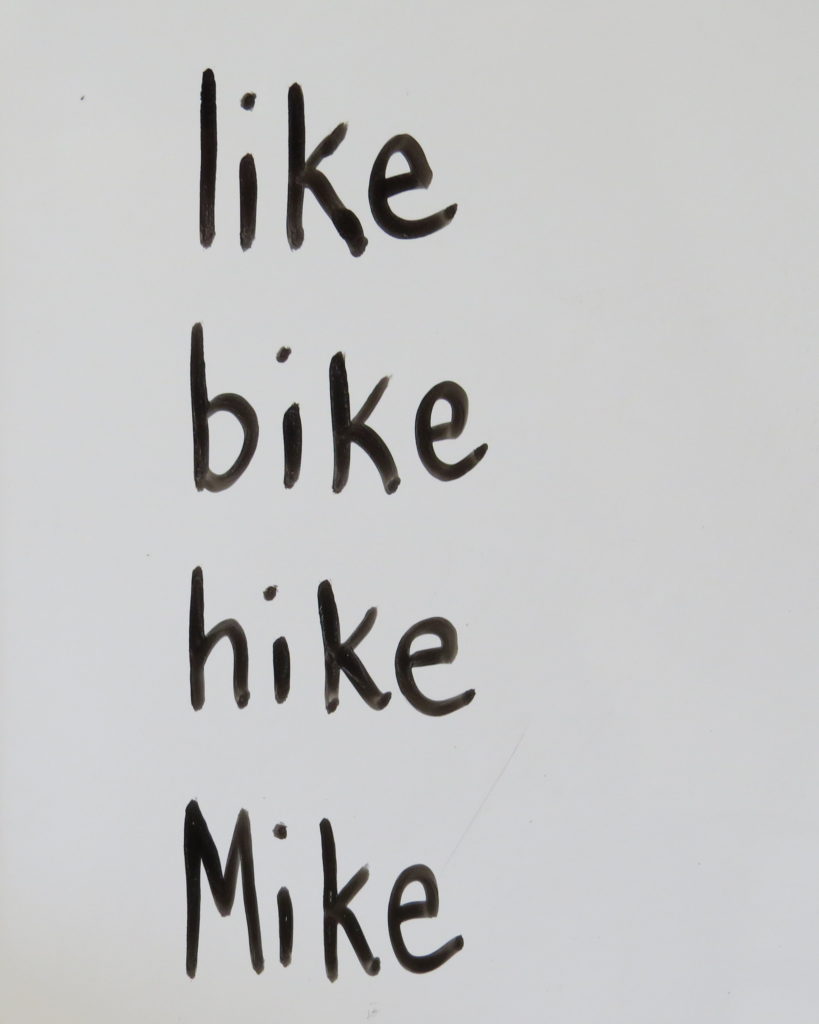
Fourth, as children continue to use sight word sentences beyond Kindergarten, they learn to use correct capitalization and punctuation.
LEARNING TO READ

Most importantly, and finally, writing sight word sentences is great because students learn to WRITE, SPELL and READ by writing sight word sentences!
Letter Names and Sounds
Note, sight word sentences should be taught after a child has learned the names and sounds of the letters in the alphabet.
Words and Sentences
Once children know the letter names and sounds, we can show them how these letters work together to form words. In turn, writing sight word sentences shows children how words work together to form sentences.
I AM ___________.
The first sentence that I recommend teaching is: I am (name).
As a child learns to write, I am Kate or I am Max, they learn how to spell I and am. Once they know how to spell I and am, they will be able to recognize I and am in books and read those words.
One Student Sample
Look at this more advanced example of how sight word sentences teach children how to read.
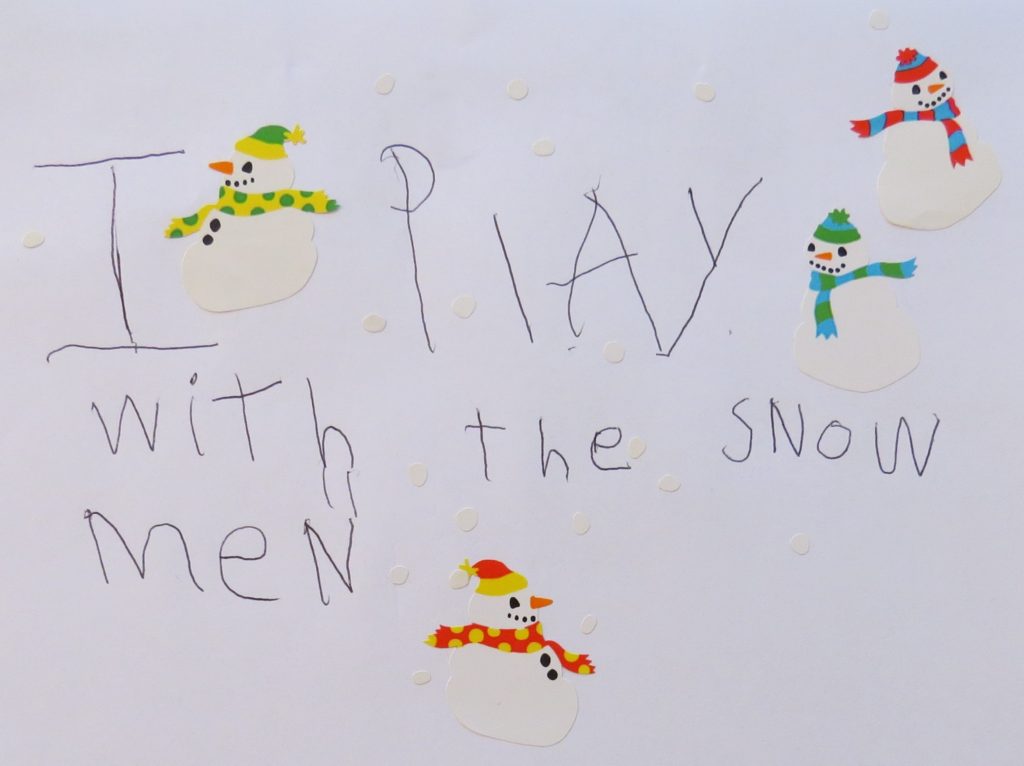
A 5 1/2 year old completed List 1 January of his Kindergarten year and could write all of the words in isolation by memory. In listening to him read one morning, I realized he didn’t know how to read the word “with”.
So, the next week, I gave him the sentence “I play with the ___.” He had to fill in the blank. This student already knew the words I, play and the, so writing that sentence allowed him to focus on WITH. When he wrote the sentence, he decided to fill in the blank with his own word, snowmen. Last, this child added stickers to make the sentence fun!
Meanwhile, another child couldn’t read the word friend until he learned how to write the sentence, You are my friend. from LIST 2.
Students put their sentences into binders for reading and review. These binders ultimately become their first books that they read!
LISTS OF SIGHT WORD SENTENCES
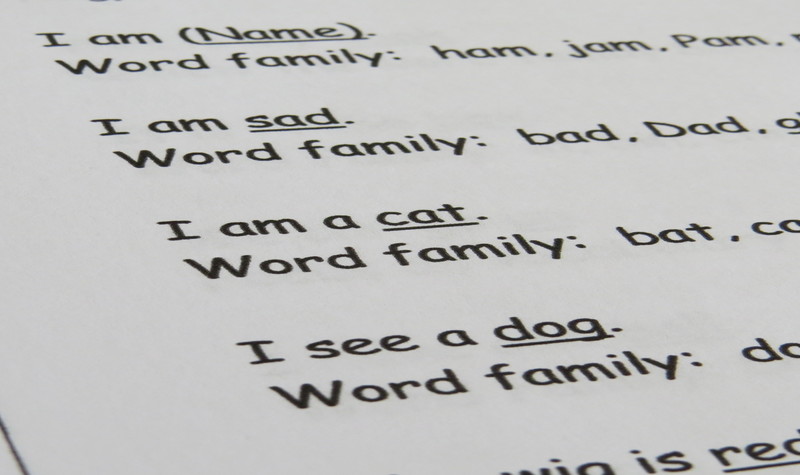
Here, I’m going to attach 12 lists of sight word sentences to get you started. Ideally, lists 1-2 are completed in Kindergarten, lists 3-4 in 1st Grade and so on. However, older students and language learners can start with list 1, regardless of their age. I have used these sentences with adults learning English for the first time!
Moreover, I created these lists according to what has worked successfully in my own teaching. Of course, feel free to create your own sentences if they will better meet the needs of your students! The lists get progressively more difficult, so our youngest writers should begin with SENTENCES LIST 1.
How much time should you spend on each sentence?
It’s important to spend at least one week on each sentence to make sure children learn to spell each sight word correctly.
For language learners, I suggest spending two weeks on each sentence. First, spend one week learning the sentence and building vocabulary. Then, spend the second week learning the indicated spelling pattern (which also introduces new vocabulary).
Most importantly, make sure the child knows how to spell the sight words in one sentence before moving onto the next sentence. Additionally, the underline words do not need to be spelled correctly to move on.
Lastly, each new sight word can be written on an alphabetical word wall for the students to refer to later, as needed.
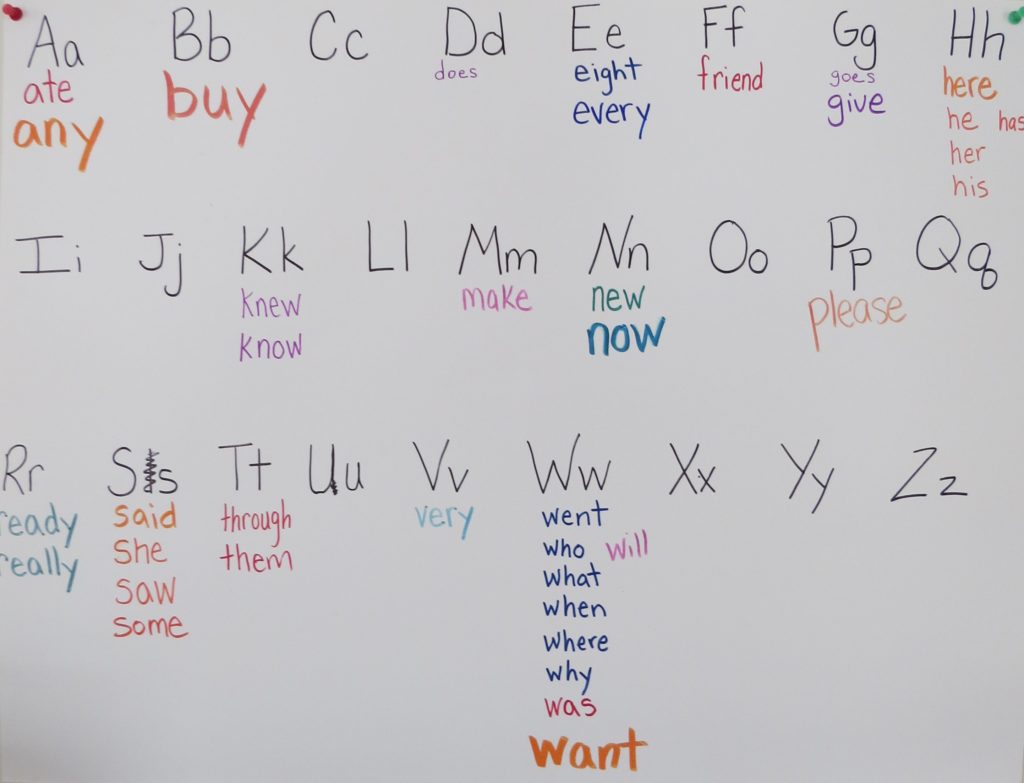
Writing Sight Word Sentences Using these 8 EASY ACTIVITIES

Now, here are 8 easy activities that you can use to teach a child each sight word sentences. Again, these sentences should be taught after the child has learned the names and sounds of each letter in the alphabet.
(I use different sentences in the samples below simply to show variation.)
- On the first day, write the sight word sentence at the top of a page.
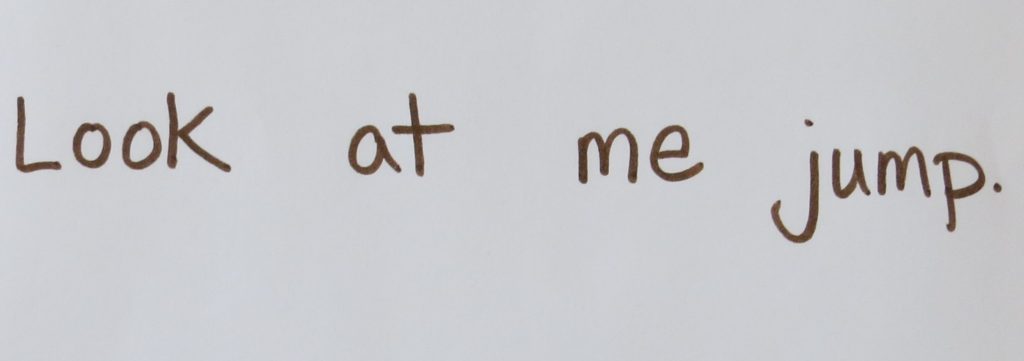
Then, the child copies the sight word sentence under it and adds a sticker or drawing. Add the new words to the student’s word wall.

2. On the second day, the student writes the sentence on his or her own using the words from the word wall to remember how to write it. He or she can add a sticker and/or drawing.
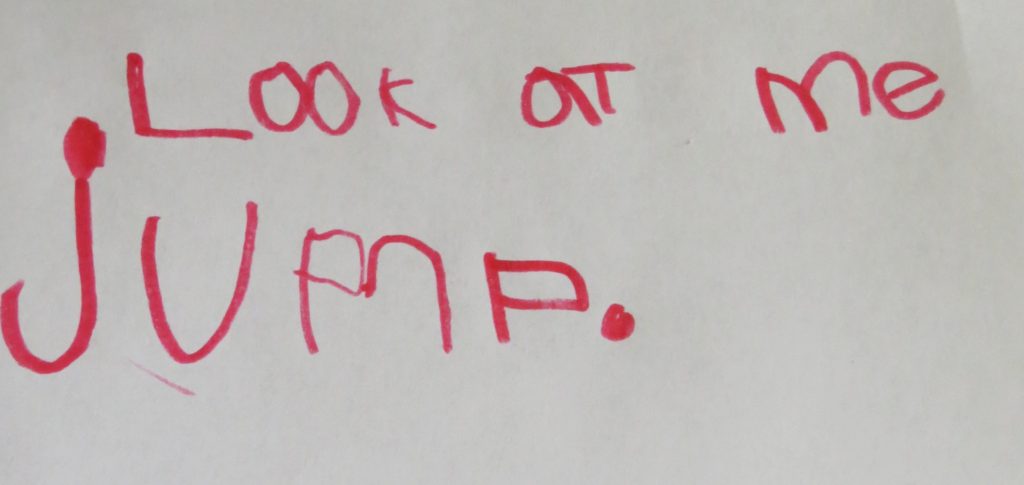
3. Third, the student writes the sentence 3 times using a different vocabulary word at the end of the sentence. The vocabulary word does not need to be spelled correctly. It’s important to note that students can make their sentence serious or silly! Children love changing the underlined word! It adds variation and creativity to their writing.
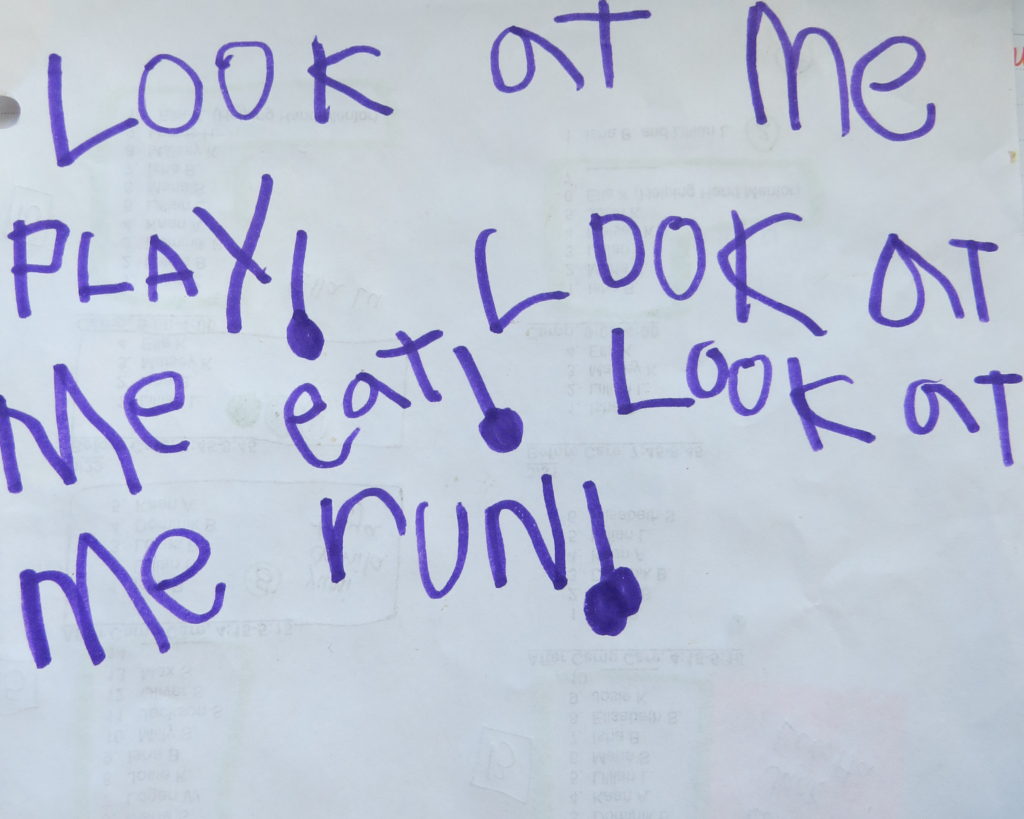

4. Fourth, students practice spelling the individual words using letter tiles or cut up pieces of paper.
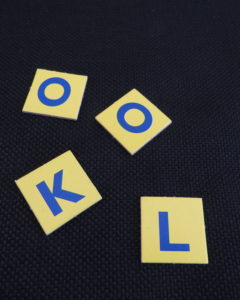
5. Fifth, they play Word Scramblers by writing the individual words out.
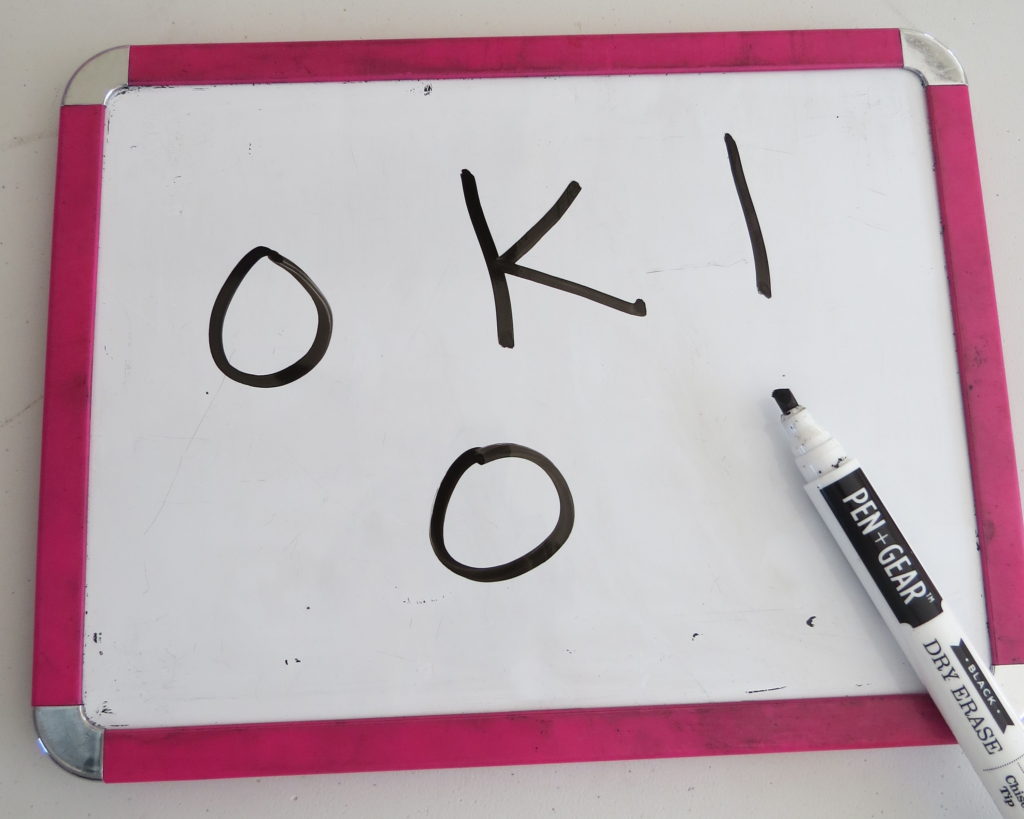

6. Sixth, students play Sentence scramblers using index cards.

Here are sentences to scramble for (Lists 1-4)
7. Seventh, have them play Sentence scramblers by writing out the words.

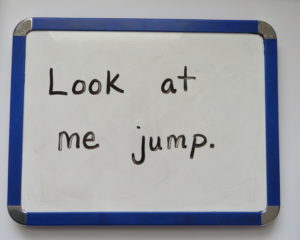
8. Eighth, children play Silly Sentences!
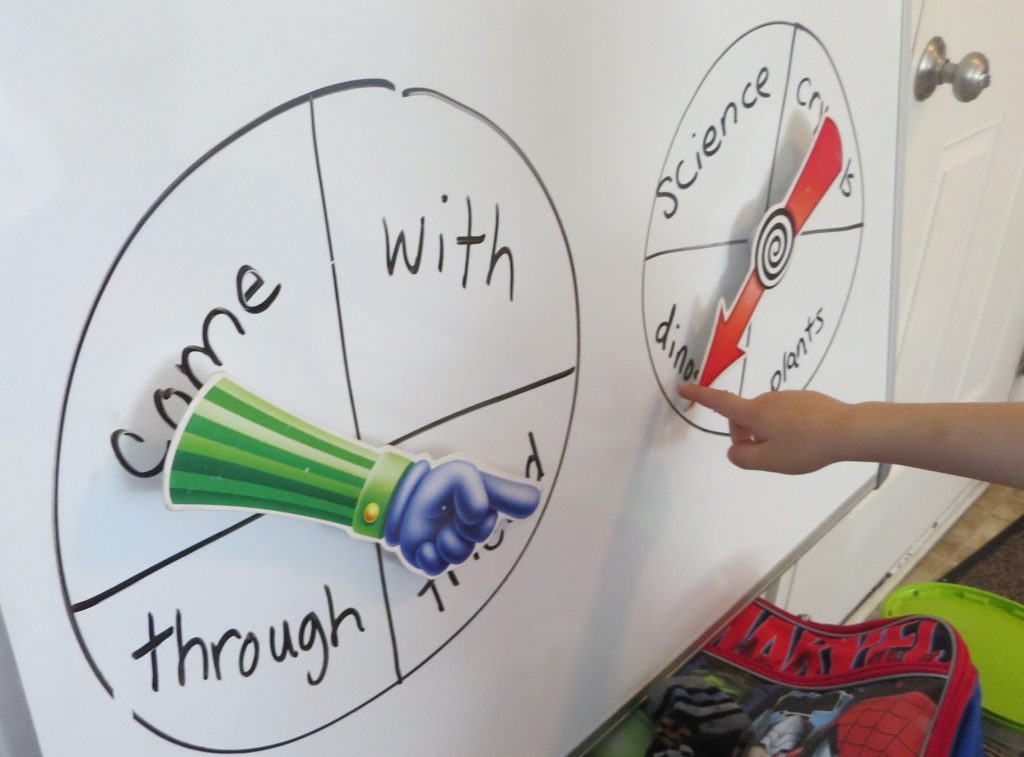
Lastly, students can use Calendar Pages and Stickers to accompany their sentences. These easy art accents motivate children to write and reward them for their work!
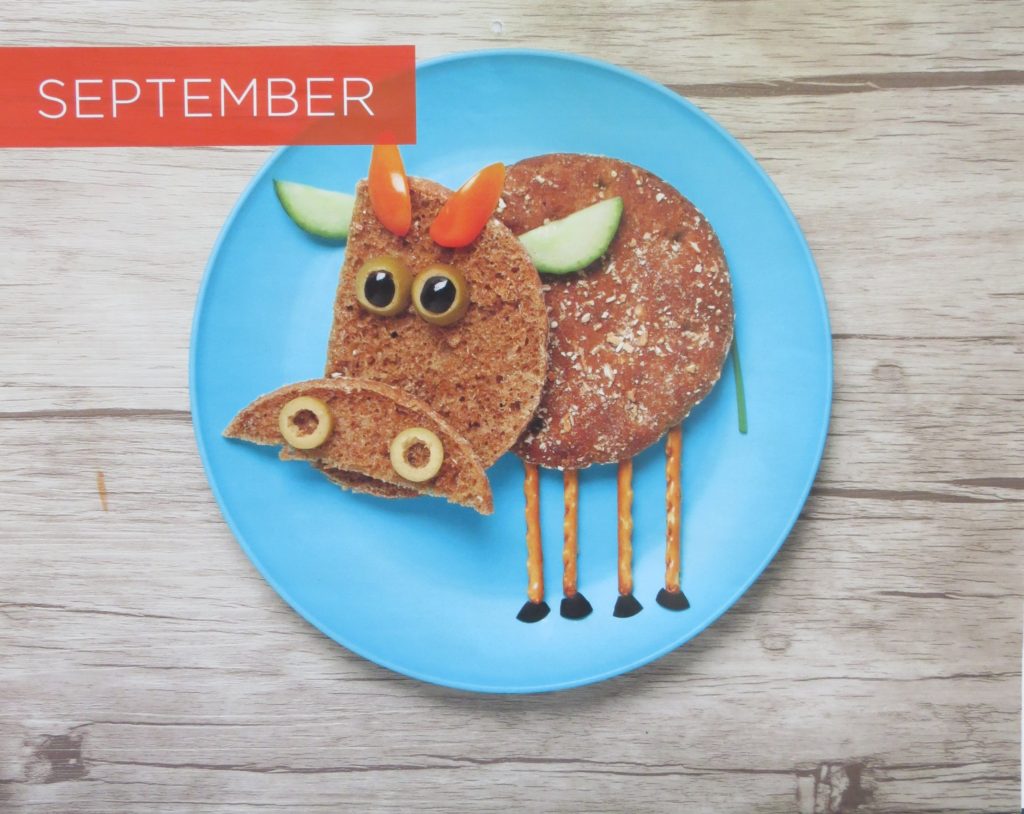
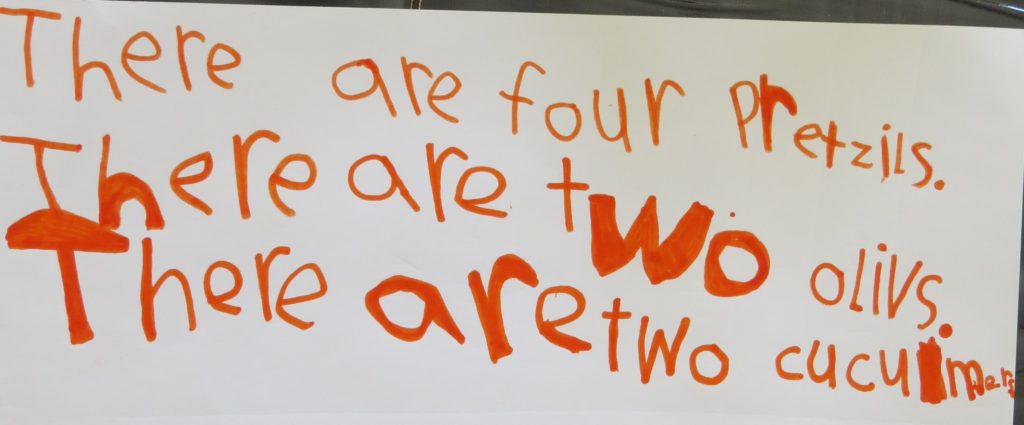
Here are the 8 activities for you to print and use.
HOW’S MY CHILD DOING?
(Informally Assessing Sight Words)

Now, here are 5 ways to informally assess how your child is doing.
Make sure to keep the atmosphere positive when assessing each child. These assessments simply tell us what each child does know as well as which words he or she still needs to practice.
5 Minute Lists
- First, once a week or twice a month, have the children write as many sight words as they can in five minutes.
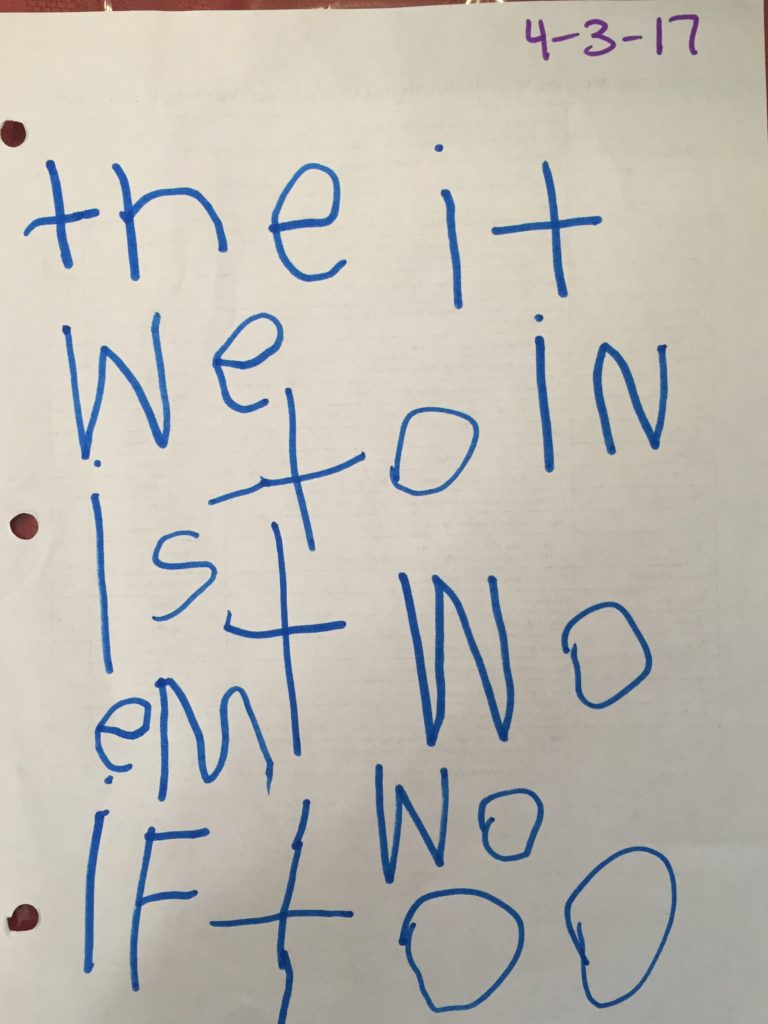
Count the words that are spelled correctly. If they write at least ONE more word correctly than the time before, give them a sticker or whatever reward you want!
Dictation
2. Second, once or twice a month, say the words that the children have learned. Have the children write each word down to make sure they can remember how to spell them. Continue to practice any forgotten words.

3. Third, once a month, say complete sight word sentences that the children have learned and practiced. Have the students write them down. Continue to practice any forgotten words.
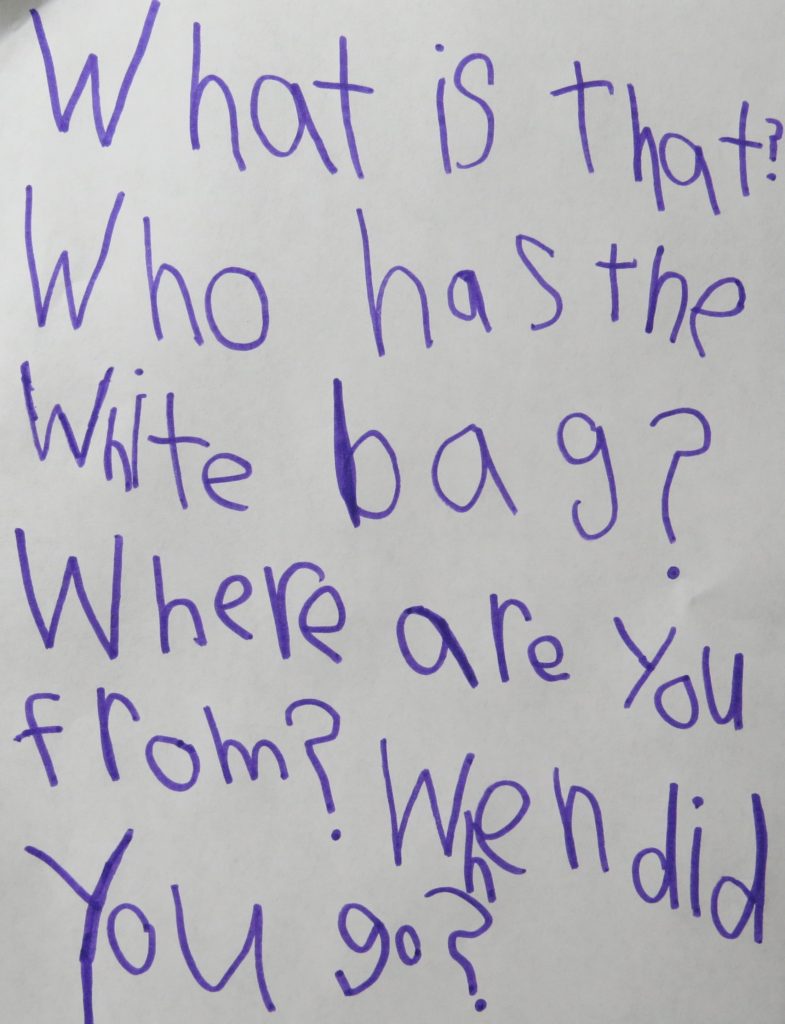
Free Write
4. Fourth, give students 30 minutes to write about a topic of his/her choice. It can be a fictional story, non-fiction information or a free write about anything.
On your own piece of paper, note which words your child is spelling correctly and confidently and which words he or she still needs to practice.
When my son was 5 3/4 years old, he wrote about lions.


If you have trouble seeing it, it says:
“tHey ARe KARNVORS LiiYNs are BiG CAts tHey liv iN AFRKA they ENT MNT. tHey HANt for tHE MENT tHey rAN to KRECH tHe MENT.”
Translation: They are carnivores. Lions are big cats. They live in Africa. They eat meat. They hunt for the meat. They run to catch the meat.
Mixing Sight Words with Phonetic Spelling
Notice how he mixed correctly spelled words with phonetically spelled words. This is our goal! We want the children to be writing the words that they’ve learned correctly. Then, they phonetcially spell any new or unknown words. Phonetic spelling means that they write the letters/sounds that they hear in the word.
The lion piece that my son wrote was after he had spent a year working on letter sounds, writing sight words and sight word sentences.
Reading Sight Words
5. Lastly, you can assess a child’s ability to READ the sight words. Print out the list of words that they’ve completed most recently.
Have each child highlight all the words that they can read easily and confidently.
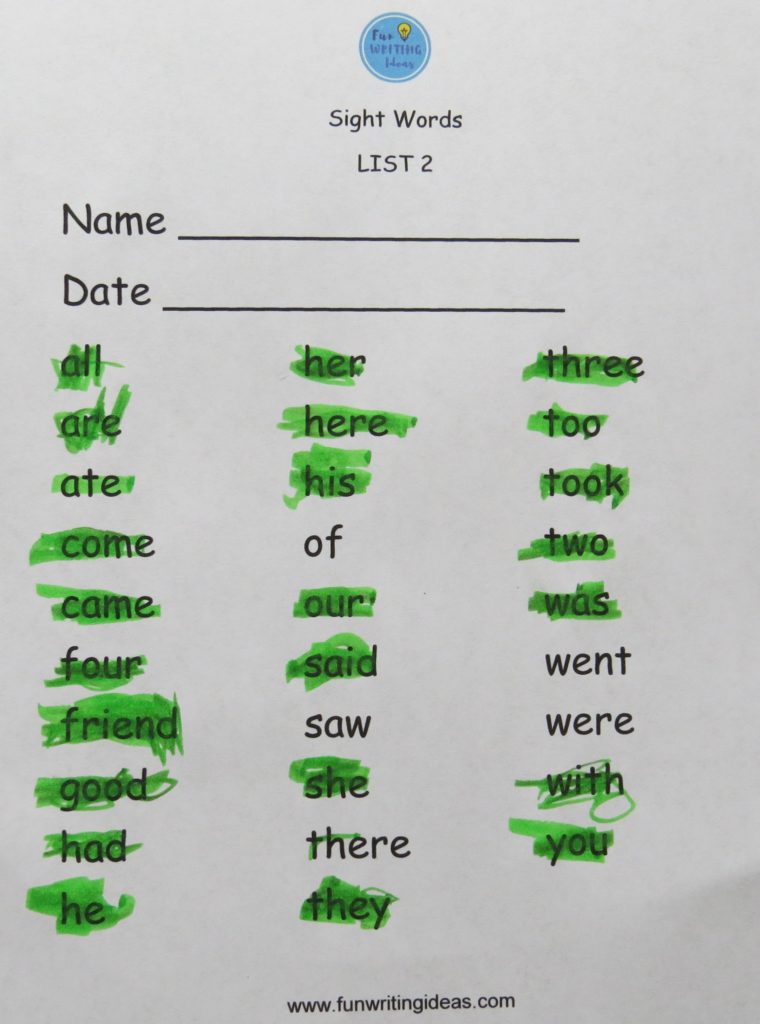
Continue practicing any unknown words. Reward the students when they can read all of the words on their list!
Here are the 5 steps for you to print and use.
EASY READERS-WHAT TO LOOK FOR!
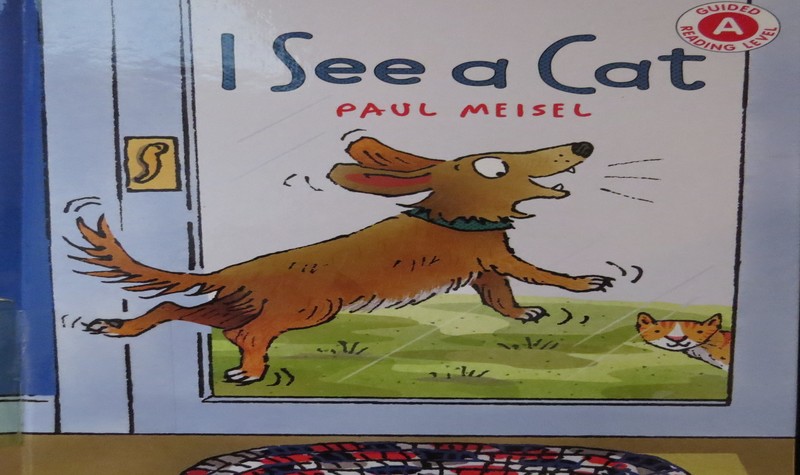
Finally, have you ever taken your child to the library or a book store, checked out Level 1 books (or bought them) only to find that your child can’t read a single word?
Some of them even say Pre-K or Pre-Reading. You feel like a failure because your child can’t read the lowest leveled books.
The Books Have a Problem!
The problem is not you or your child, it’s the books! They don’t contain sight word sentences.
Guided reading books used in schools are full of sight word sentences. These are books that homeschooling families typically don’t have access to. Moreover, these books are expensive.
Many books at the library will say Level 1 Reader. These books are correct in that they contain few words. But they often contain words that are much too hard for a beginner reader. The authors seem more focused on a story than on strategic words for children to read.
Themed Books
I find this problem particularly in popular themed books such as books about super heroes and the like. Recently, while at the library, I discovered the books Dear Dragon by Margaret Hillert*. They are full of sight word sentences!
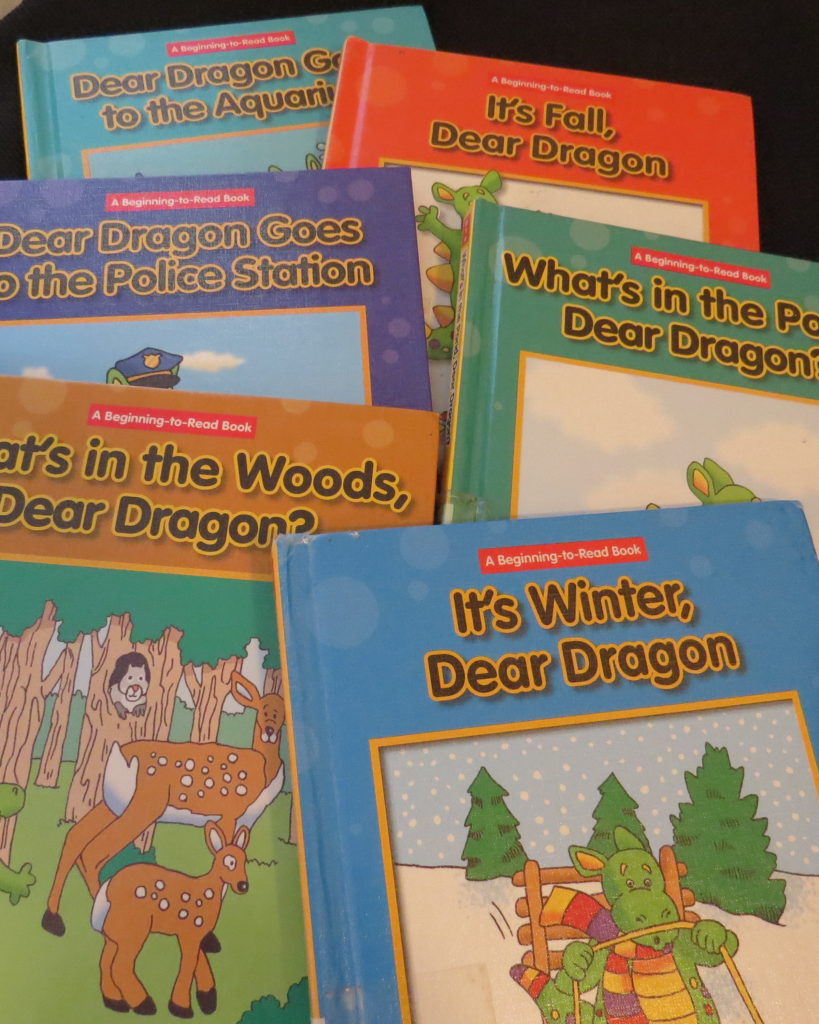
I don’t know Margaret personally, but by the way she writes, I’m gathering she has a clear understanding of sight words and how to use them to build a story.
These books were perfect for my 5 1/2 year old son. He was working on the 2nd list of sight word sentences at the time that I found the Dear Dragon books.
First, the Dear Dragon* books contained plenty of sight words that he learned. That helped build his confidence when he was trying to read the books. Second, there were just enough new words for him to be challenged. He felt so proud of himself each time he read those books!
Margaret Hillert has built stories based on sight words and so many children can truly read them early on.
More Recommended Books
Other books that I recommend (if you are teaching your child sight word sentences) are:
I See a Cat* by Paul Meisel
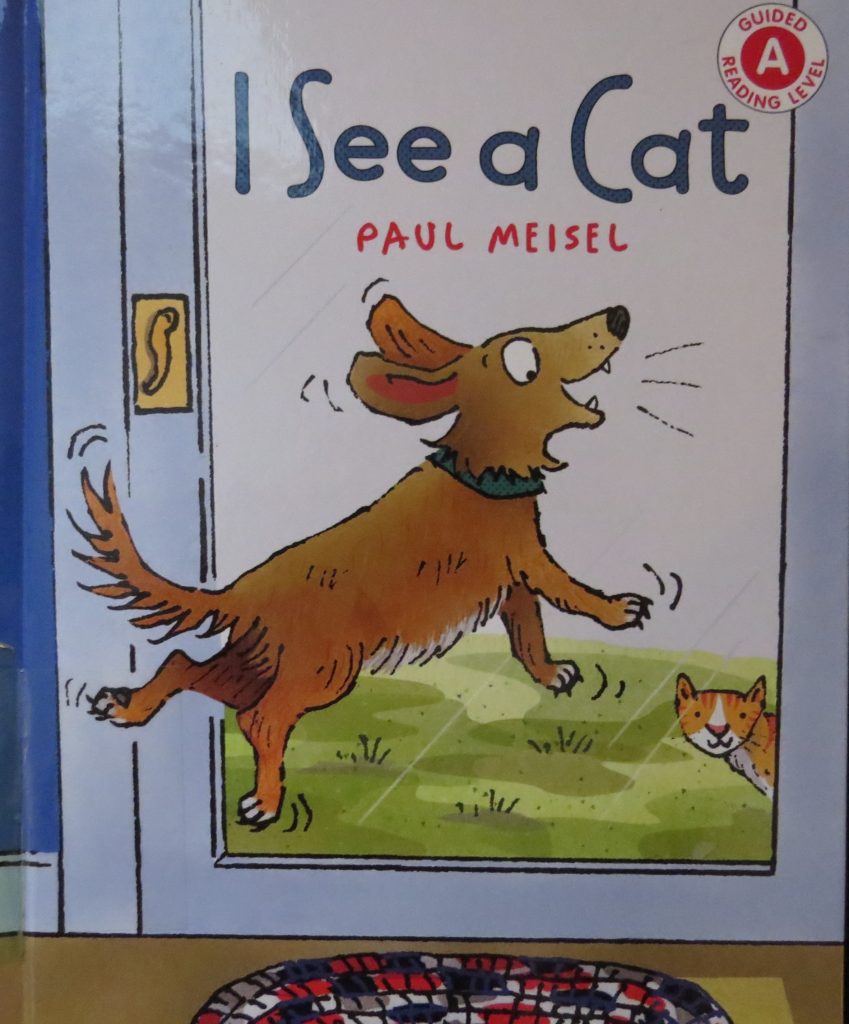
Not Me!* and Me Too!* by Valeri Gorbachev.
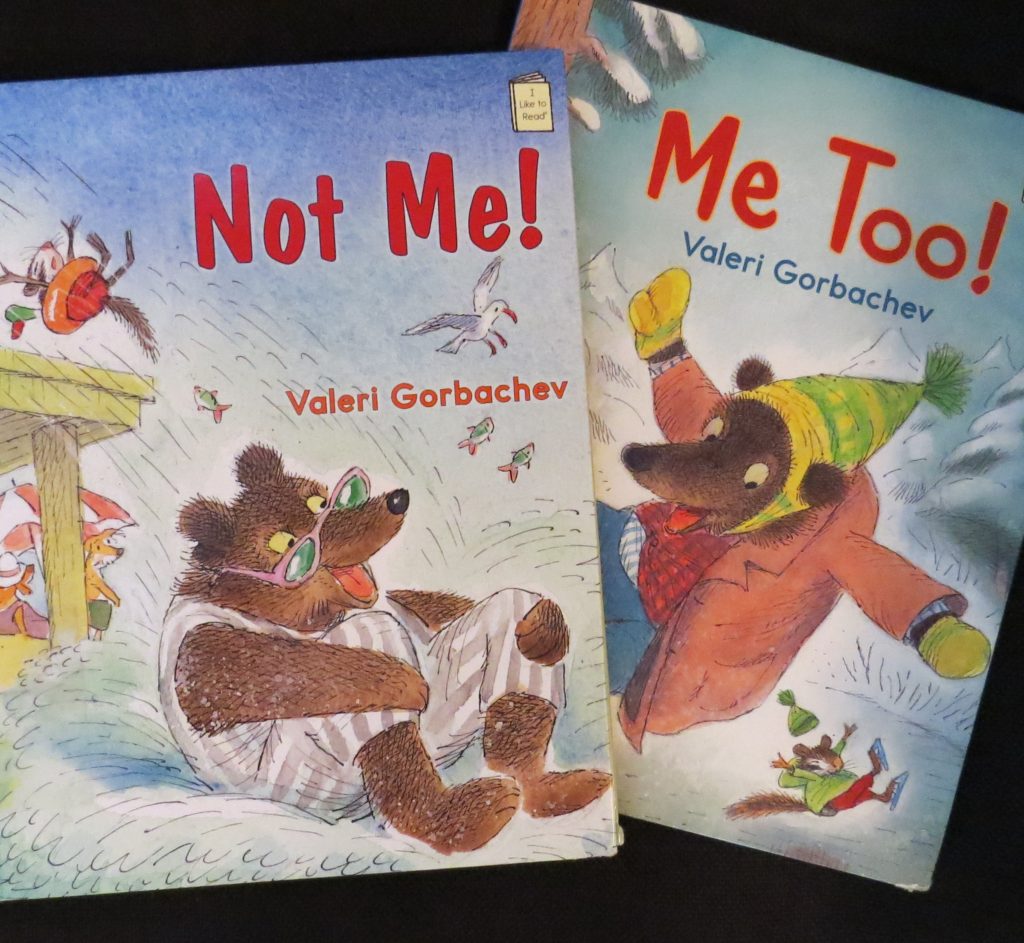
Bob Books* go well with Lists 1 and 2.
We All Fall for Apples* by Emmi S. Herman

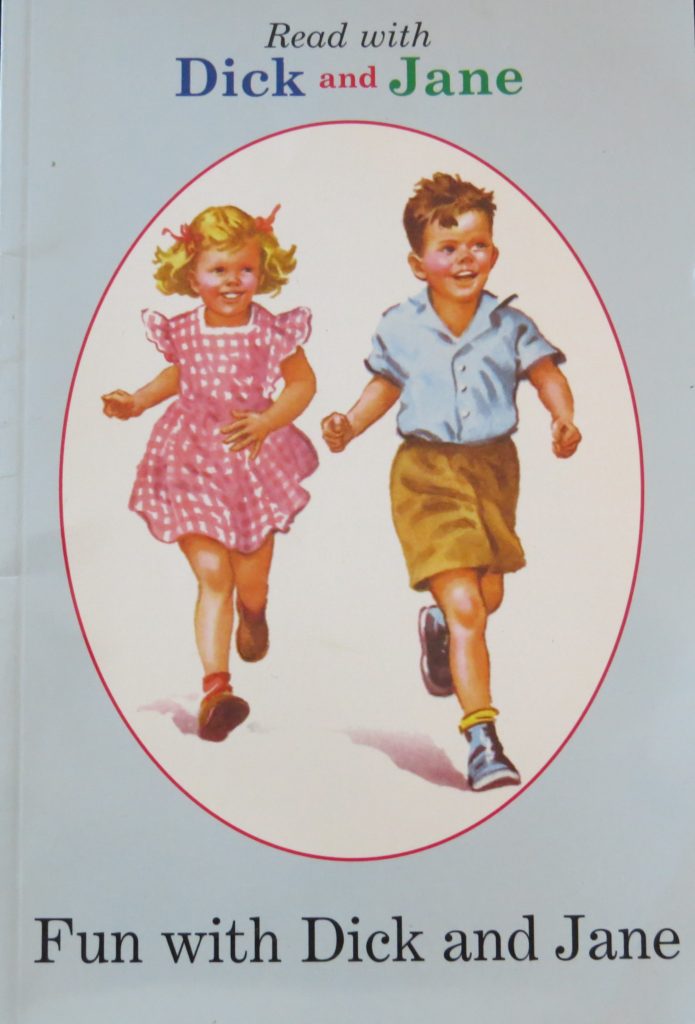
I’ll continue to add to this list as I find more books. If you’d like to stay informed and receive my free monthly newsletter, you can sign up below!
In conclusion, writing sight word sentences teaches children how to write, spell and read and sets them on a path to strong literacy skills!
